Long before 88mm/Slitherine slapped ‘Road to Moscow’ on the cover of a forgettable Panzer General-like in 2014, the moniker was associated with two profoundly memorable wargames. One of these is available today through a number of abandonware sites, the other exists only as a scatter of online references and a handful of tantalising screenshots.
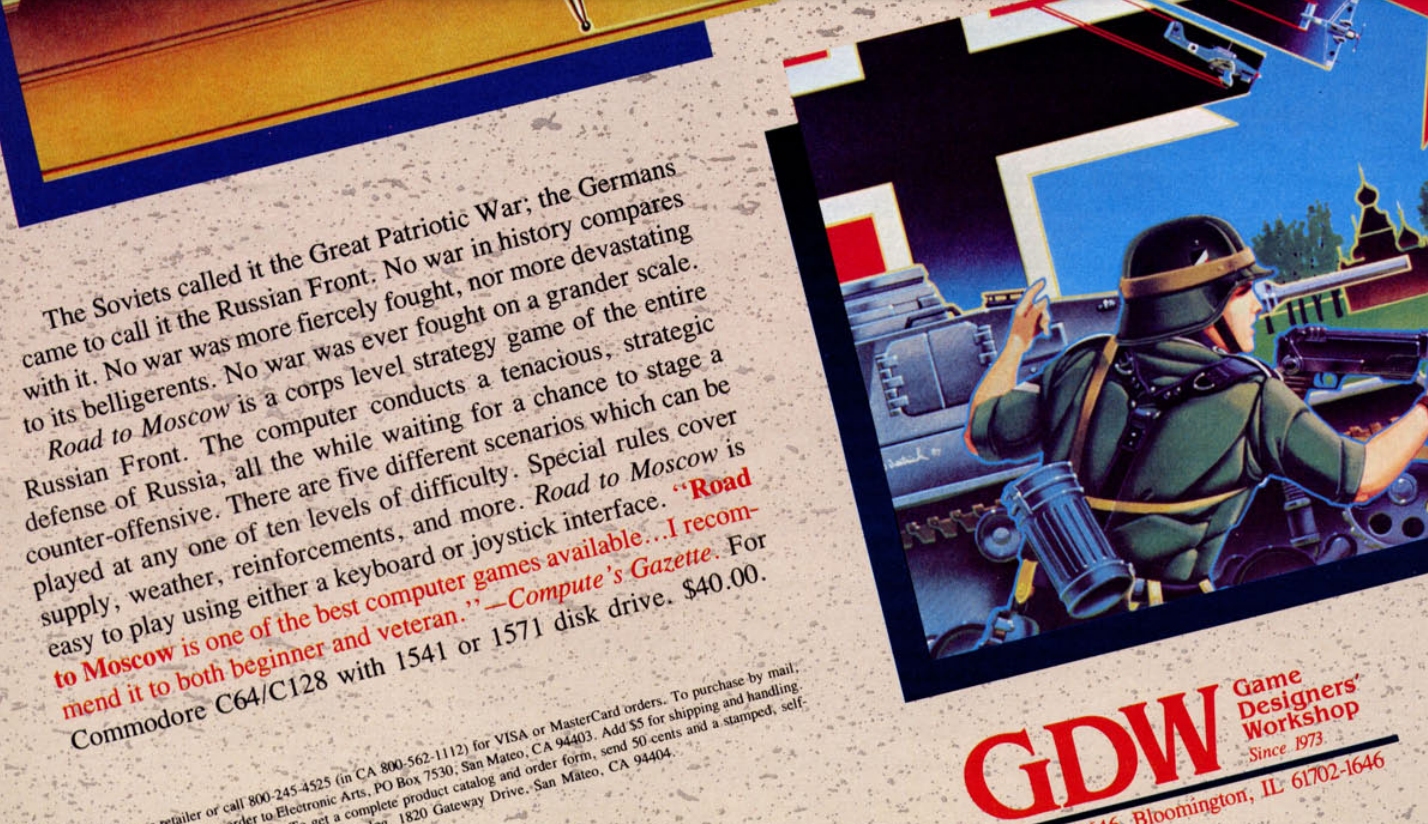
Although 1980s ZX Spectrum users had access to some sublime wargames, they had one or two reasons to cast envious glances at Commodore 64 owners. Reasons such as Ba’rac Limited’s Road to Moscow for example. A staggering feat of miniaturisation, this 1984 release proved it was possible to convincingly sim WW2’s bloodiest front on a home computer equipped with an 8-bit CPU and 64K of RAM.
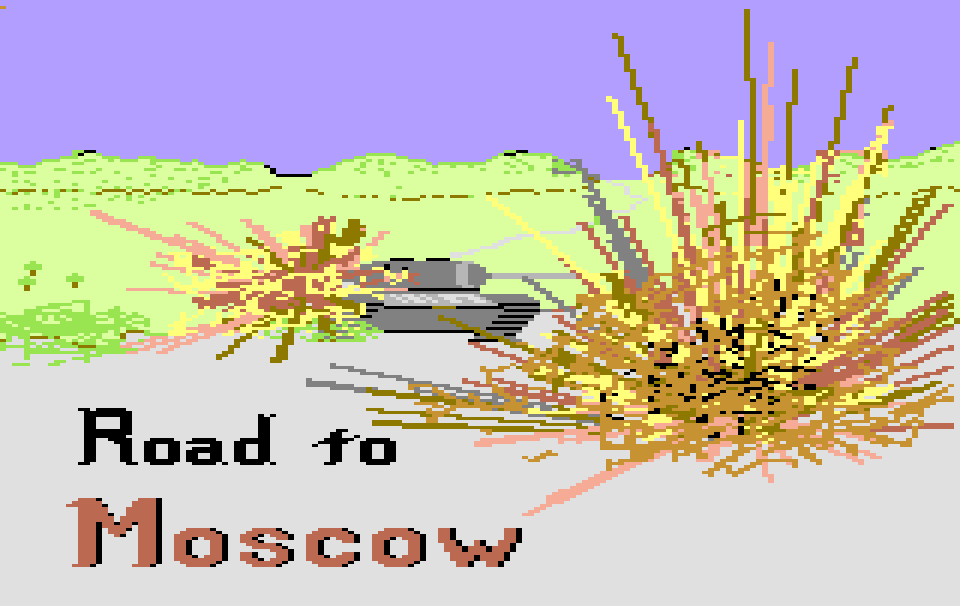
Designers Philip Gardocki and Bob Best knew WW2 history. Better still they understood how to transmogrify it into a game that was friendly, fleet-footed, and replayable. The WeGo Road to Moscow was only playable as the Axis and featured an Eastern European map rotated through ninety degrees, but was otherwise essentially critic proof.
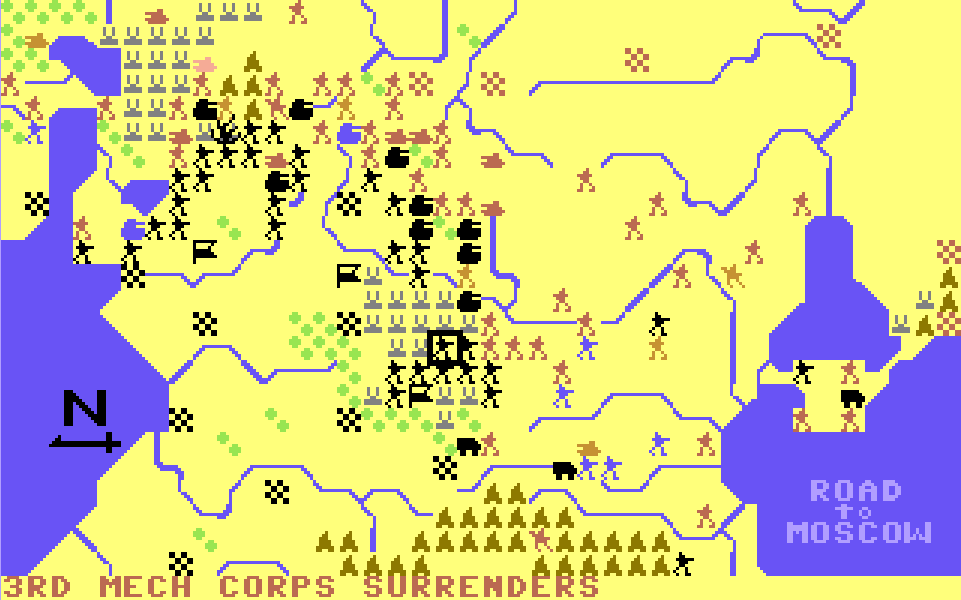
Corps-sized unit battled for control of a single-screen theatre dotted with tactically significant cities, swamps, rivers, and mountains. Each turn represented a fortnight of fighting, and advanced a calendar that eventually triggered seasonal weather changes that radically altered movement rates and combat prospects.
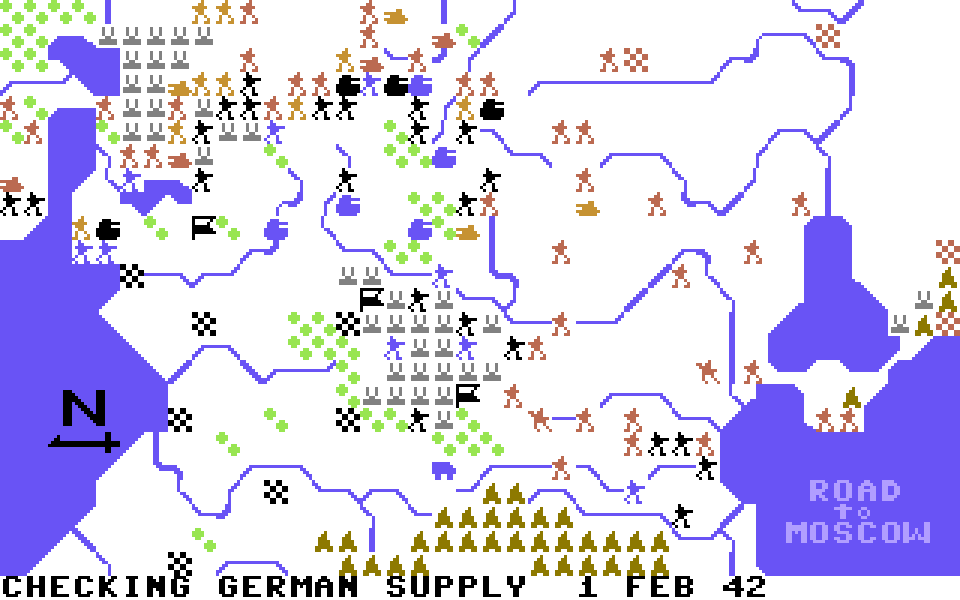
Maintaining supply and rotating mauled units to the rear was vital to success. It didn’t matter which of the ten difficulty levels and five scenarios you selected, you were guaranteed evocative action. Adroit balancing and effective AI meant Barbarossas frequently ran out of steam tantalisingly close to a snow-muffled Moscow, and the first components of the Axis steamroller to fail were often armour-deficient parts made in Romania and Italy.
As reviewers and punters loved Road to Moscow, it was slightly odd that a decade passed before work began in earnest on a sequel.
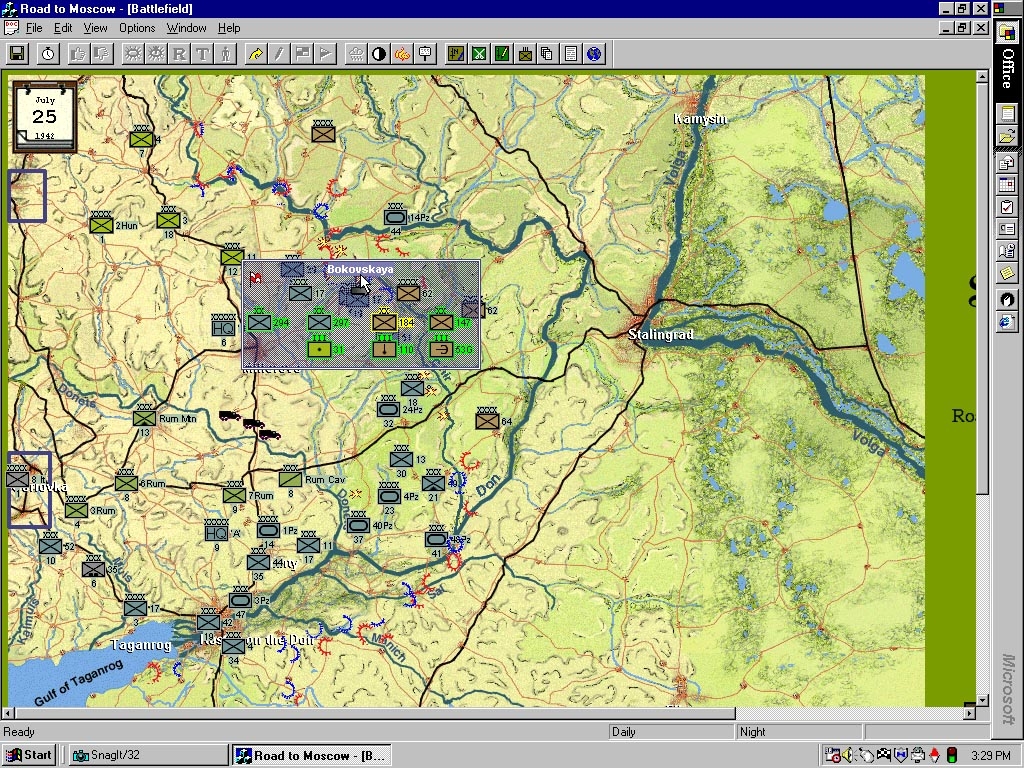
(image: mannaberg.se via wayback machine)
Now partnered with ex-MicroProse luminary Jeff Billings and Amiga engineer Andy Finkel, Phil Gardocki had big plans for the second Road to Moscow. Thanks to funder, Arsenal Publishing, he had the budget necessary to bring those plans to fruition too.
Turns and crude orthogonal movement were out. RtM ‘2’ was going to sport “interruptible continuous time” and a gridless map that the player was expected to daub with order arrows. A bevy of behind-the-scenes AI underlings capable of learning from their mistakes, would then turn these arrows into well-organised offensives, probes, feints, withdrawals etc. Well, that was the idea anyway.
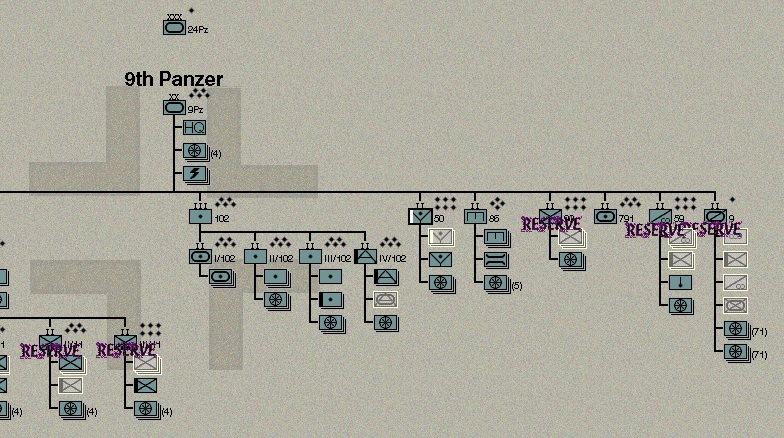
(image: mannaberg.se via wayback machine)
In a market dominated by dense, plodding hexiana (Airborne Assault: Red Devils Over Arnhem was still six years away) Battlefield Design Group’s naturalistic approach turned many heads and generated lots of excitement. Even today, the concept of a turnless STAVKA/OKH sim covering the entire Eastern Front and incorporating adaptive AI and optional political machinations* feels bold and fresh.
* With politics switched on, the players would have funded decision-making and appointments with a political capital resource, and failures would ultimately have led to dismissal.
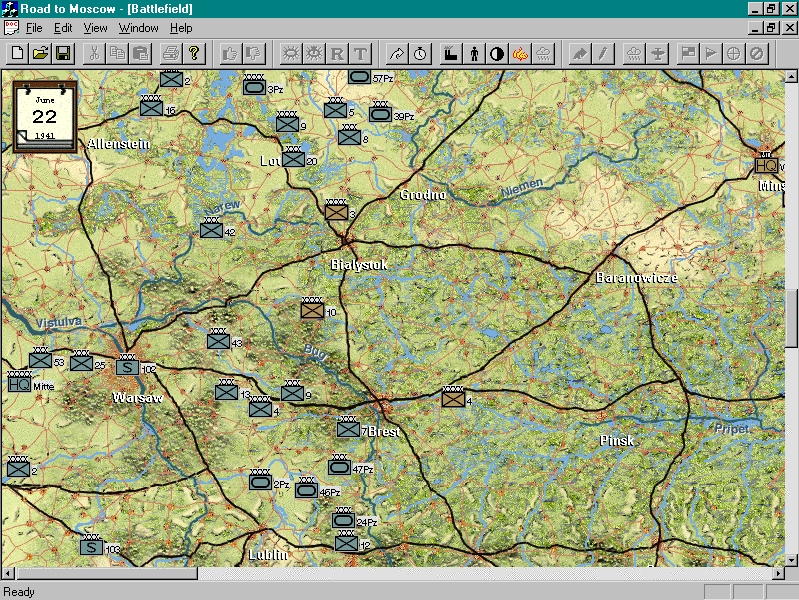
(image: mannaberg.se via wayback machine)
It took a four or five years of missed deadlines and worrying signs, for the people making RTM and the people waiting for it, to realise just how ambitious the project was. Signed by Interactive Magic after being dropped by Arsenal, RTM ended up in the portfolio of UbiSoft circa 2000. Realising that the game – by then in playable beta form – had major insoluble issues, the French publisher quietly pulled the plug.
What exactly were those insoluble issues? A sixteen-year old Matrix Games forum post written by “sterckxe”, a wargamer who actually spent time with the beta, provides some fairly clear indications:
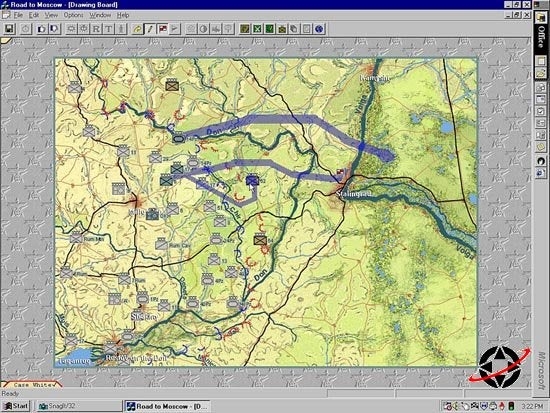
(image: ign)
“The most interesting concept is the drawing board – you literally select a portion of the battlefield – which gets copied to the drawing screen where you “draw up” a battle plan. You can set primary and secondary objectives and tell your units where to move to. You then approve the plan which gets executed by the AI.
This all sounds pretty nifty – though we could do without the separate drawing board – the problem is it doesn’t work. You can draw up a plan that looks good on paper only to have it botched up by the incompetent own unit AI. Sounds like real life? Not really – especially playing as the Germans you’d expect the battlefield commanders to be smarter than the guy sitting in Berlin, but they aren’t and that’s where frustration sets in because you lack the means to control the action.
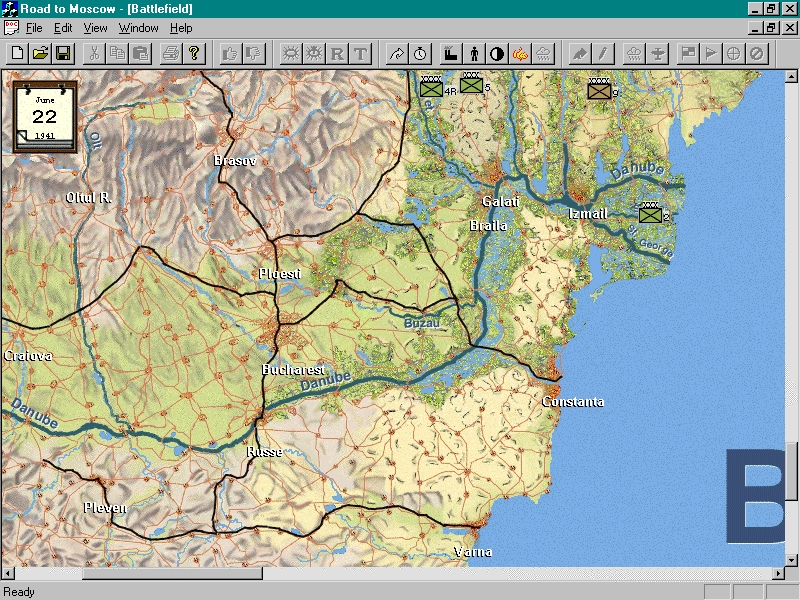
(image: mannaberg.se via wayback machine)
Example: let’s suppose you spot a Russian infantry army with their left flank secured by mountains/rough and a refused – but open – right flank. Let’s say you have a German inf div, a mountain div and a panzer div at your disposal – what plan do you come up with ? I want the inf div to move up, make contact, make probing attacks but nothing serious and act as a screen for the panzer division to swing behind and move behind the Ruskies’ right flank while the mountain div infiltrates their supposedly secure left flank. A minimum amount of coordination should ensure success in rounding up the Russians. Let’s say you draw up this fail-safe plan in RtM, you sit back smugly and watch it all go terribly wrong as soon as you turn things over to the AI. The inf div will slam hard into the prepared Russian positions and take numerous casualties, the mountain unit will get lost in the mountains and the panzer division will arive in the Russians rear and decide to await further orders amidst the Russian rear echelon units.”
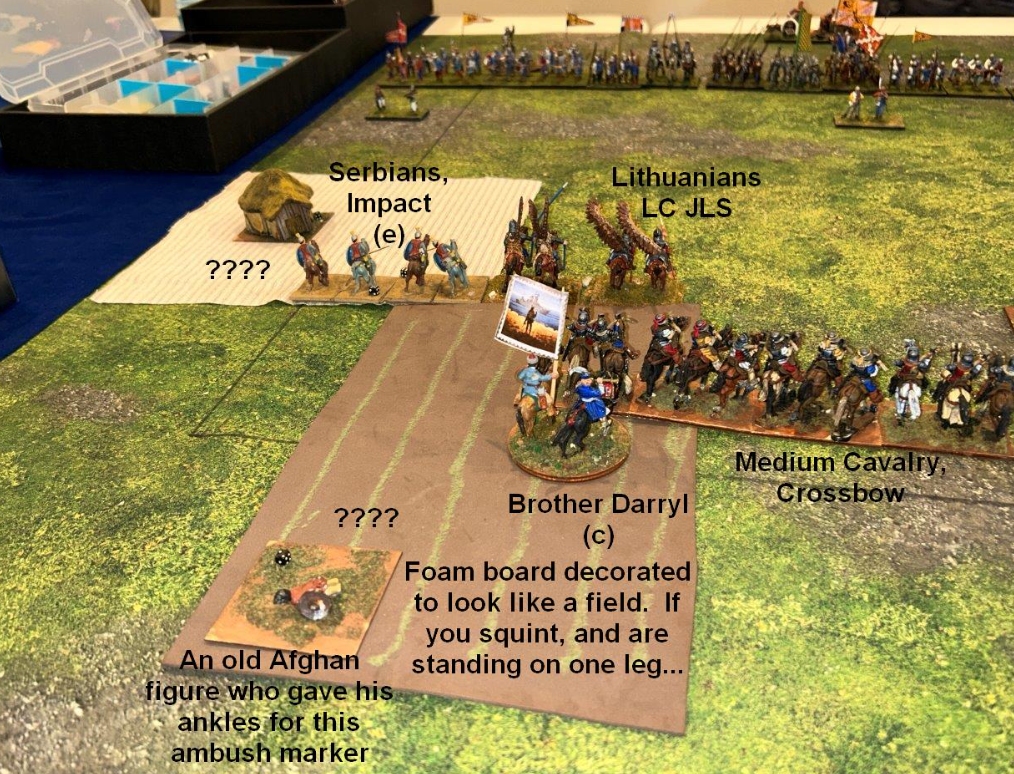
(image: phil on ancients)
Judging by these three blogs and this LinkedIn profile, while Road to Moscow frustration/failure might have driven Phil Gardocki from the video game business it didn’t dull his appetite for wargaming or fracture his friendship with Jeff Billings. The man behind one of computer wargaming’s most extraordinary bits of vapourware still regularly pushes pewter, and occasionally does so in the company of his ex-colleague. I’m rather hoping I can persuade Phil to talk to THC about Road to Moscow’s development and demise. Finger-crossed, this article will get a fascinating postscript at some point this summer.

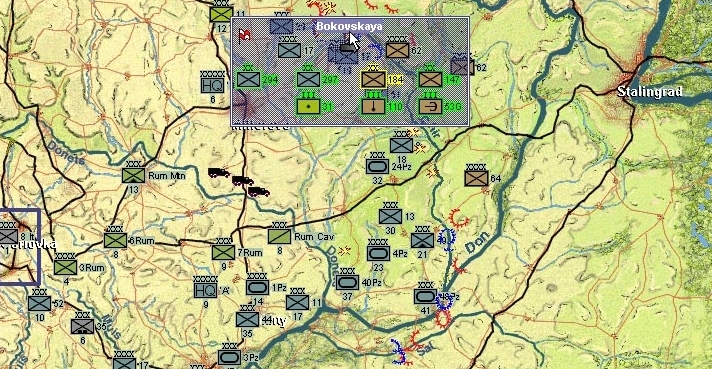
I spent endless hours with the C64 game. Bit for bit, there has never been a better gaming machine than the C64. I sold my last one with regret, along with all my C64 games, circa 1994. The other Road to Moscow I awaited with expectation from first rumors to the last post mortems. The great gaming White Whale that never came to reality.
I feel, there should be a term for the process of excitedly reading about a game, imagining how much fun and immersion it is going to bring to your table and then tripping over the dreaded name `UbiSoft` halfway through the article, seeing your hopes smashed to hurting, writhing bits by the mailed fist of the God of Capitalistic Mediocrity.
`You mean to tell me I can go 3rd-person sightseeing in crusade-era Damascus or Florence during the Medici rule? I wonder what the gameplay will be like…`
`So, there IS going to be a new Settlers game! Wow, I can´t wait to see their modern take on the magical formula that made it work…´
Also: Not sure about the chances of these Serbs. There is no space to turn that flank.
Great article! AI is always going to be a huge challenge for these kinds of bold plans. I really think you’d have to design the game around the AI if you want it to work – make sure that everything is simple enough / abstracted enough that you don’t get too many opportunities for disasters like the one from the forum post.
Thank you for this article. RtM has been, and probably always will be, the One Game for me. The epitome of almost everything I’ve ever wanted from a game and the standard which I unfairly judge other eastern front and/or strategic/operational wargames by. Even reading the bit about the bad AI (which was supposed to learn over time, and in a beta I would expect it to be still learning, so I don’t see the problem that it doesn’t know how to use divisions yet) does not deter me from believing beyond all rationality that it is still the game for me. Any further nuggets and/or interviews you may shake from the tree would be welcome.
Another promising but vanished wargame that might be of interest for a future article is Military Operations, available as a kind of tech demo now but apparently abandoned: https://store.steampowered.com/app/821680/Military_Operations_Benchmark/